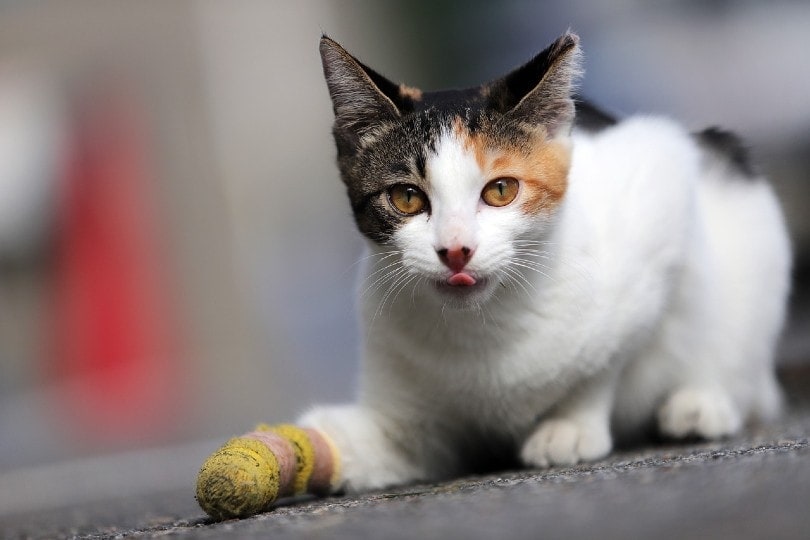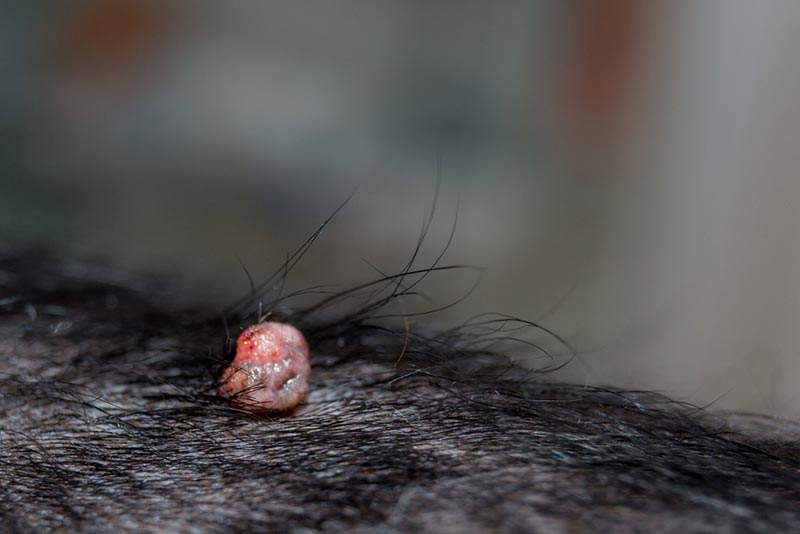Do Cats Have Taste Buds? Vet-Approved Smell & Taste Explanation

Updated on
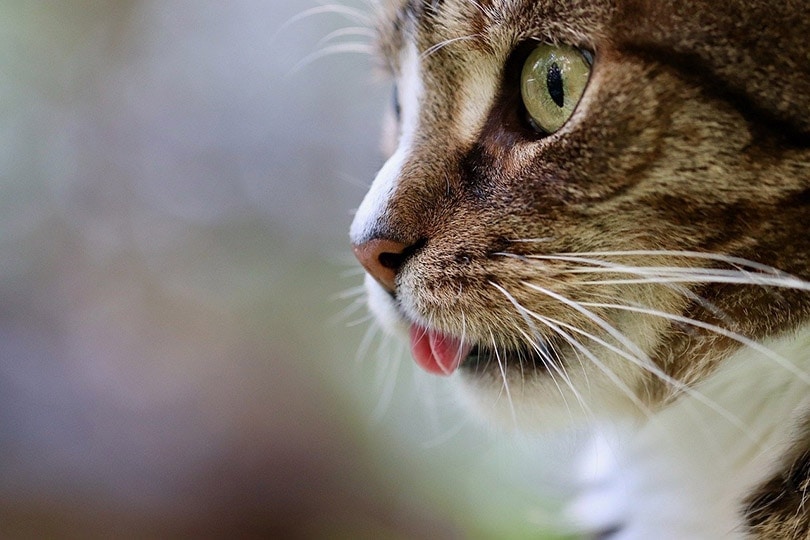
When we think about cats, their amazing senses come to mind. These amazing creatures have acute hearing, great eyesight, and a sensitive sense of smell. These senses help them navigate the world around them and survive; by using their senses, cats are able to display natural behaviors such as mating, hunting (or finding their food plate), and avoiding predators. But have you ever thought about a cat’s sense of taste? A cat’s pickiness when it comes to food is something else they are well known for. Could their finicky side have anything to do with their taste buds?
Cats have taste buds, but they aren’t very developed. A human’s sense of taste is far more developed than that of a cat. You’ll even find that dogs and several other animal species can taste foods better than cats. For pet owners, knowing our cat’s taste buds aren’t that great leaves us wondering exactly how they taste food. Let’s take a look at that answer so we can better understand our kitties and their finicky side.
Your Cat’s Taste Buds
Unfortunately for our feline friends, cats only have 470 taste buds. In comparison, dogs have roughly 1,700 while humans have 9,000. You may be wondering why cats are on the bottom of the totem pole when it comes to taste. Many believe evolution plays a part in this. Considering cats are obligate carnivores, meaning they require animal protein to survive, it could be said that they don’t need a large number of taste buds.
The taste buds cats do have are very similar to our own. They detect sweet, sour, salty, bitter, and even umami. Umami is a savory or meaty taste. Unlike us humans, however, cats can not detect sweet tastes. We may love a tasty sweet treat now and then, but those types of foods aren’t necessary for a cat’s survival.
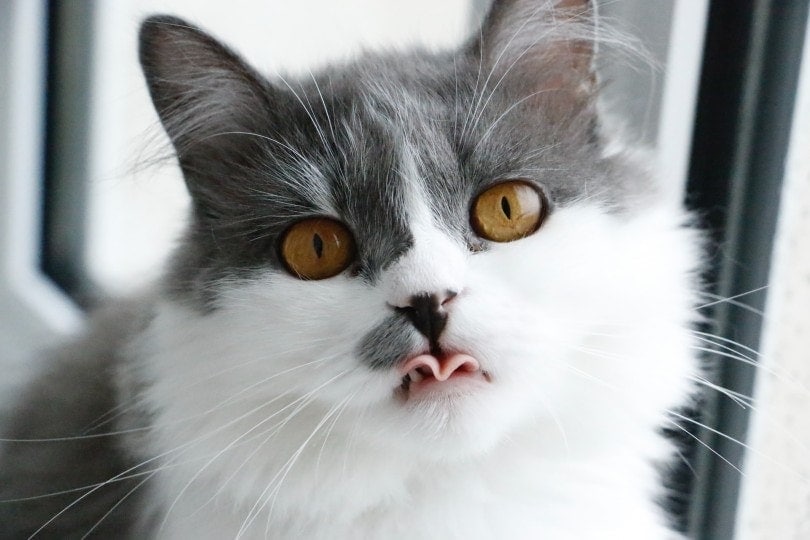
Things Cats Can’t Taste
Cats are unable to taste sweet foods. They only have one of the two genes that are necessary to make the sweet receptors functional, as it is in the case of humans and dogs. This can be both good and bad for your kitty. While being unable to taste sweet foods may help them avoid things that aren’t good for them, in some cases, your kitty may like the texture of overly sweet treats and indulge a little too much. This is simply because they can’t taste it properly and don’t realize how much sweetness they are taking in. If you notice a cat that enjoys ice cream or candy, neither of which you should feed to your cat, it isn’t the sweetness they are enjoying. It’s the fat
content calling their name.
The Bitter Advantage
While cats are unable to enjoy sweetness, they have a highly trained taste for bitterness. Like us, cats have bitter taste receptors. Out of those receptors, 7 have developed acutely. This ability to taste bitterness gives cats the chance to avoid toxins around them. Many of the toxic things a cat could taste in its environment are bitter. This enhancement is ideal for helping your cat stay healthy.

Smell and Taste
A cat’s sense of smell is crucial in its ability to taste foods, and cats have 45 to 80 (possibly up to 200) million scent receptors, while us humans have only around 5 million. In addition to the regular sense of smell, cats have a different
way of perceiving the chemical signals in volatile compounds such as pheromones – some call it an auxiliary sense of smell. The Jacobson’s organ located in the roof of your cat’s mouth connects their mouth and nasal passages. By using this organ, cats can basically taste aromas around them. These volatile chemical signals enter the mouth and are captured by the tongue, which they use to direct them against the Jacobson’s organ in what is called the Flehman response.
Tastes Cats Enjoy
Cats want meat. With animal products being the main source of their diet, it makes sense that cats truly crave meaty sustenance. This is why you’ll find your cat begging for chicken, tuna, and even a piece of steak you have on your plate. Their amazing sense of smell alerts them to the meat item in the room and their love of it brings them to your side in an attempt to share your food.
It isn’t unusual for cats to want foods they shouldn’t have, or even some they can’t taste. Cats are curious creatures, albeit picky as well. When it comes to sweets, it is better to avoid them or only offer them in moderation. You may think fruits are healthy options for your cat but most aren’t. In reality, many fruits are toxic to cats. Before you offer your kitty foods you aren’t sure about, ask your veterinarian. They’ll help you choose healthy snacks and treats that will keep your cat free of harmful side effects.
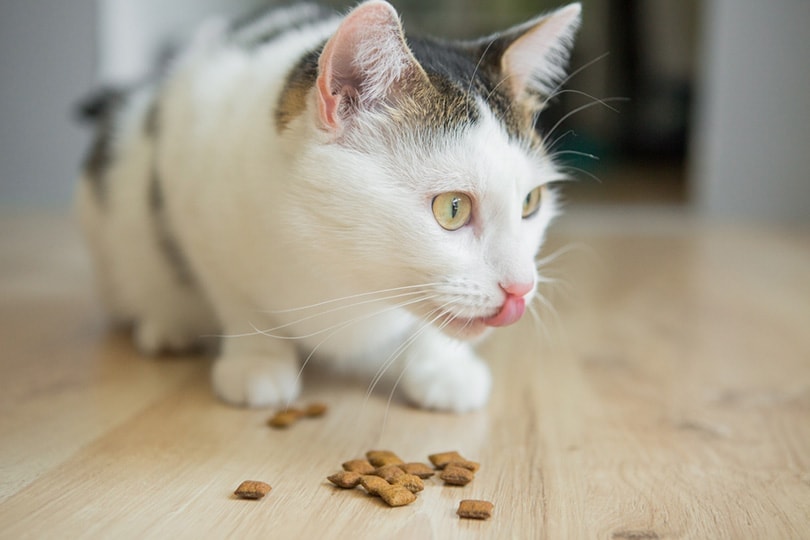
In Conclusion
While cats may not be able to taste the way we do, they still taste the yummy foods you provide them. Their lack of taste buds doesn’t slow them down. If you truly want your cat happy and enjoy the foods you offer them, keep meat, their favorite thing on the menu. Your cat will be healthier and will always be thankful that you are helping them indulge in their natural wild side.
Featured Image Credit: Annette Meyer, Pixabay




